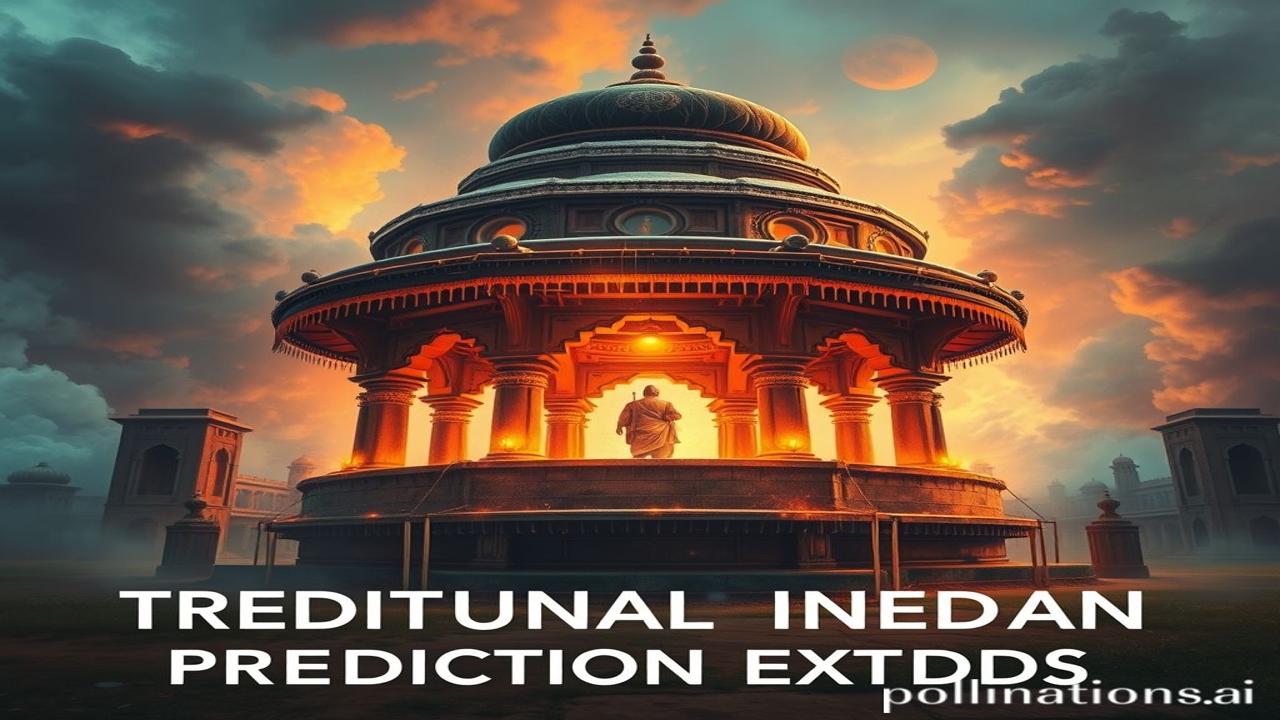Baarish Kab Aayegi? Whispers from India’s Ancient Weather Forecasters
Kabhi aankhein bandh karke socho… Woh zamana jab mobile phones nahin the, internet nahin tha. Phir bhi, kisaan jaante the ki baarish kab aayegi, kab beej bona hai, aur kab fasal kaatni hai. Kaise? Unhone suni thi prakriti ki awaaz, padhi thi aasmaan ki likhavat. Yeh tha unka apna tareeka, ancient Indian weather prediction methods. Aaj, hum us khoi hui kala ko phir se tatolte hain.
Itihas Ki Dhool Mein: The Origin of Traditional Indian Weather Prediction
What exactly are these “traditional Indian weather prediction methods?” Think of them as a rich tapestry woven with observations, folklore, and deep understanding of nature. These methods, dating back to Vedic times (think 1500 BCE onwards!), weren’t just about predicting rain. They were about understanding the intricate dance between the sun, moon, wind, and earth, all influencing the agricultural cycle.
These aren’t just stories grandma tells. They are rooted in texts like the Brihat Samhita by Varahamihira, which details various methods of predicting rainfall based on planetary positions, animal behavior, and even cloud formations. Impressive, right? Imagine having no weather channel but still knowing when to expect a storm! This knowledge was crucial for survival, shaping agriculture, festivals, and even social structures.
Zamini Sach: The Life of a Vedic Farmer
Picture this: Ma Ganga is preparing the morning tea, the smell of burning wood fills the air. Her husband, Kisan Lal, steps outside. He doesn’t check his phone. He watches the ants scurrying around their anthill, notices the flight patterns of the birds, and feels the humidity in the air. These are his ‘weather apps.’
“Ganga, aaj toh hawa mein nami hai, aur chidiyaan bhi zyada ud rahi hain. Lagta hai, Indra devta jaldi hi barsane wale hain,” Kisan Lal says, sipping his chai. Ganga nods, understanding. This intuitive knowledge, passed down through generations, dictates their lives. They know when to sow their seeds, when to protect their crops from frost, and when to celebrate a bountiful harvest with the village. Their lives are interwoven with the rhythms of nature, a symphony played out according to ancient predictions. Even the Raja’s pandit consulted these signs before declaring auspicious dates for battles or celebrations. Their panchang was more than just a calendar; it was a guide to living in harmony with the elements.
Dharohar Aur Pehchan: Echoes of Tradition in Modern India
Aaj bhi, India ke kayi gaon mein, you’ll find farmers who rely on these age-old techniques. They might supplement it with modern weather forecasts, but the foundation remains rooted in tradition. You might see farmers observing cloud formations, checking the direction of the wind, or even listening to the croaking of frogs to gauge the likelihood of rain.
This is not just about agriculture. It’s about Bharatiyata, a deep connection to the land and a respect for natural cycles. Our festivals, like Holi and Diwali, are intrinsically linked to the changing seasons, reflecting this ancient understanding of nature’s rhythms. The ‘Shakti’ of the earth, the ‘Urja’ of the sun, are all part of this holistic worldview.
Mazedar Tathya: Cloud Seeding and Ancient Wisdom
Here’s a fun fact: Log samajhte hain ki cloud seeding ek modern invention hai. Lekin, many ancient texts describe rituals and practices aimed at influencing rainfall. While the scientific validity of these rituals is debatable, the underlying principle of trying to manipulate weather patterns isn’t entirely new! It shows that humans have always been fascinated by and trying to understand the forces of nature.
Drishya Aur Bhavnayen: The Smell of Rain on Dry Earth
Imagine: The air is heavy with anticipation. The sun beats down on the parched earth. Then, a cool breeze whispers through the fields, carrying the scent of impending rain. The sky darkens, and thunder rumbles in the distance. The earthy smell of mitti fills your nostrils. This is the smell of hope, the smell of life returning to the land. The anticipation is palpable, a collective breath held by the entire village. It’s not just about the rain; it’s about the relief, the renewal, the celebration of life’s cycle.
Antim Vichar: A Shloka to Ponder
“Parjanya-Sūktam, Rigveda se:
Pāvaka naḥ Sarasvatī vājebhir vājinīvatī.
Yajñaṁ vaṣṭu dhiyāvasuḥ.”
This shloka is an offering to the rain god, Parjanya, requesting him to bless the land with abundance. It reminds us of our deep-rooted dependence on nature and the importance of respecting its power. While modern science has advanced significantly, the wisdom of our ancestors, born from centuries of observation and experience, should not be forgotten. Their whispers from the past still hold valuable lessons for the present.
